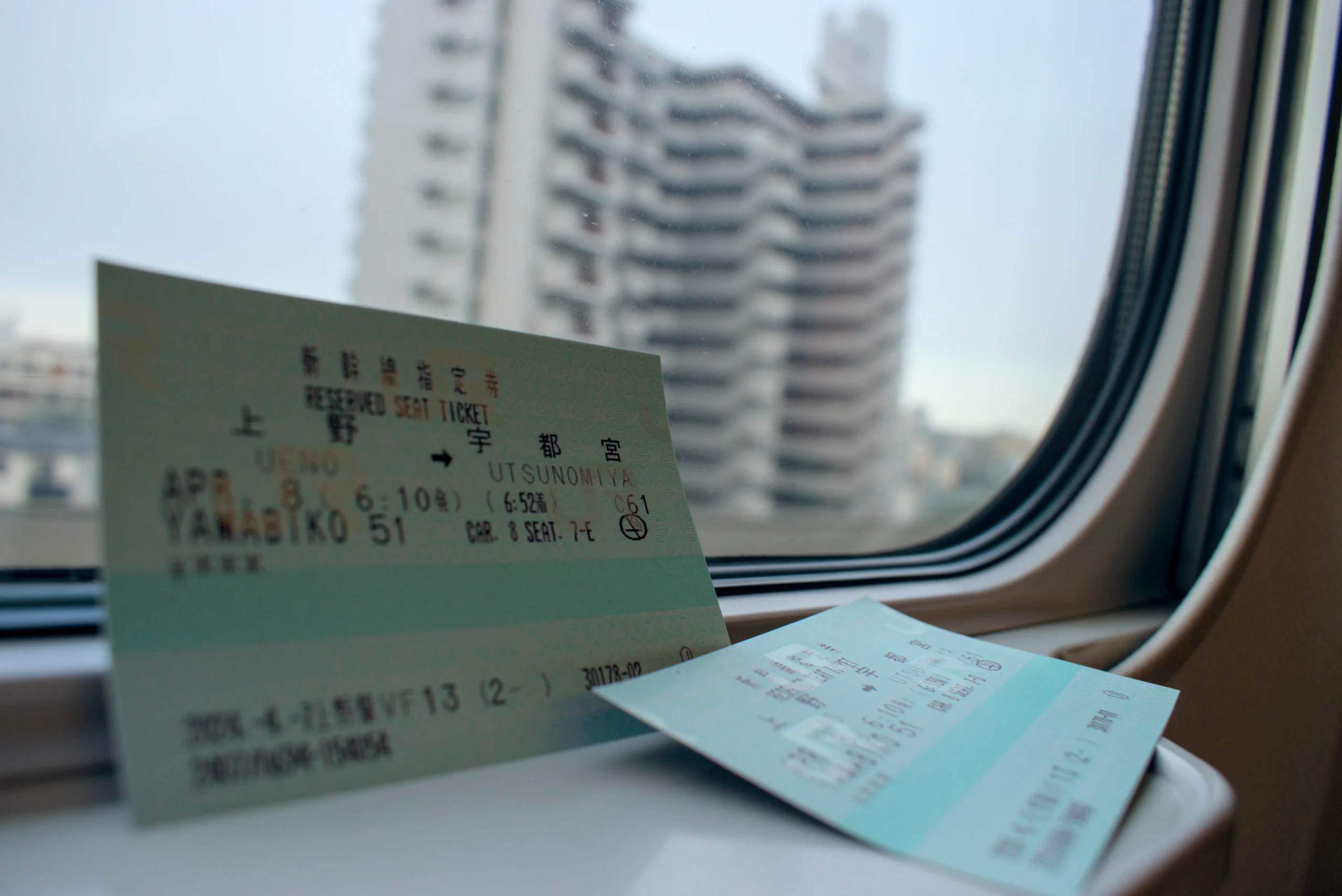Traveling around Japan is an adventure in itself. From the sleek bullet trains to the convenience of tapping an IC card at the station gates, Japan’s transport system is famous worldwide for its efficiency and reliability. But if it’s your first time visiting, the sheer number of options can feel overwhelming. Should you get a Japan Rail Pass? What’s the difference between a local train and a limited express? How expensive are taxis? And if you’re traveling with luggage or using a wheelchair, how easy is it really?
This guide breaks down the essentials to help you get around Japan smoothly and confidently, whether you’re planning a quick trip or a longer stay.
The Japan Rail Pass: A Traveler’s Best Friend
One of the most famous travel tools in Japan is the Japan Rail Pass (JR Pass). Available only to foreign visitors on short-term stays, the pass gives you unlimited access to most JR trains, including the iconic Shinkansen (bullet train).
- Who it’s for: Travelers planning to explore multiple cities—Tokyo, Kyoto, Osaka, Hiroshima, and beyond.
- Why it’s worth it: Even a single round trip from Tokyo to Kyoto almost covers the cost of a 7-day pass. If you’re taking longer journeys, the pass can save you a lot.
- How it works: Choose between 7, 14, or 21 days of unlimited rides. Simply exchange your voucher (bought abroad or online) at a major JR station and you’re ready to go.
Tip: The JR Pass doesn’t cover all private lines, so you may still need to pay small fares here and there.
IC Cards: The Key to Everyday Travel
For shorter stays or city-based trips, an IC card is your best companion. These rechargeable smart cards (like Suica, Pasmo, or Icoca) let you tap in and out of trains, subways, and buses without buying tickets each time.
- Convenience: No need to figure out fares—just tap and go.
- Flexibility: Use them across most of Japan, not just one city. For example, you can use a Tokyo Suica in Osaka or Kyoto.
- Bonus: Many vending machines, convenience stores, and even some cafés accept IC cards as payment.
Pro tip: If you’re arriving in Tokyo, grab a Suica or Pasmo card at the airport train station—it’ll save you headaches from day one.
Local Trains and Subways: Mastering the Basics
Japan’s local trains and subways are the backbone of urban travel. They may look intimidating at first, with their color-coded maps and endless stations, but once you get used to them, they’re incredibly efficient.
- Local vs. Express: Local trains stop at every station, while express or rapid trains skip some stops. Make sure you know which train you’re boarding to avoid missing your station—or arriving much later than expected.
- Subways: Tokyo, Osaka, and other big cities have extensive subway systems. Signs are usually in English and Japanese, and stations are numbered, making navigation easier.
- Cost: Fares are calculated by distance but are generally affordable, usually between ¥150–¥350 for city rides.
Travel hack: Use apps like Google Maps or Japan Transit Planner to check routes, transfer times, and exact fares.
Taxis: Comfort at a Price
Taxis in Japan are famously clean, safe, and reliable—but also pricey compared to trains.
- When to use them: If you’re carrying heavy luggage, traveling late at night when trains stop running, or need to reach an area without good train connections.
- Experience: Taxi doors open and close automatically, and drivers are usually very polite. Some taxis even have multilingual payment systems.
- Cost: A short ride within the city can easily cost ¥800–¥2,000, while longer trips (like from Narita Airport to central Tokyo) can be several thousand yen.
Pro tip: Apps like JapanTaxi or even Uber (in some areas) make it easy to book a ride.
Accessibility: Traveling Made Easier
Japan has been working hard to make its transportation more accessible for everyone, including elderly travelers and wheelchair users.
- Stations: Major stations often have elevators, ramps, and tactile paving for the visually impaired. Staff can also assist with boarding.
- Shinkansen: Bullet trains have wheelchair-accessible seating areas that can be reserved in advance.
- Buses and taxis: Many buses are low-floor for easy boarding, and wheelchair-accessible taxis are increasingly available in large cities.
For those with mobility concerns, planning ahead is key—but you’ll find Japan surprisingly accommodating.
Luggage and Travel Hacks
A unique aspect of traveling in Japan is the luggage delivery service (takkyubin). For a small fee, you can send your suitcases from the airport to your hotel—or between cities—so you don’t have to drag them through crowded trains. This is a game-changer if you’re traveling with kids, elderly family members, or large bags.
Another tip: Always keep some cash handy. While most stations and taxis accept cards or IC cards, smaller towns and older trains might still be cash-only.
Final Thoughts
Getting around Japan may look complicated on paper, but once you start, you’ll see just how smooth and reliable the system is. Whether you’re racing across the country on the Shinkansen, hopping on a subway to see a city’s hidden gems, or simply tapping your IC card for a bus ride, transportation here is designed to make your journey stress-free.
With a bit of planning—and the right tools—you’ll spend less time worrying about logistics and more time enjoying everything Japan has to offer.

